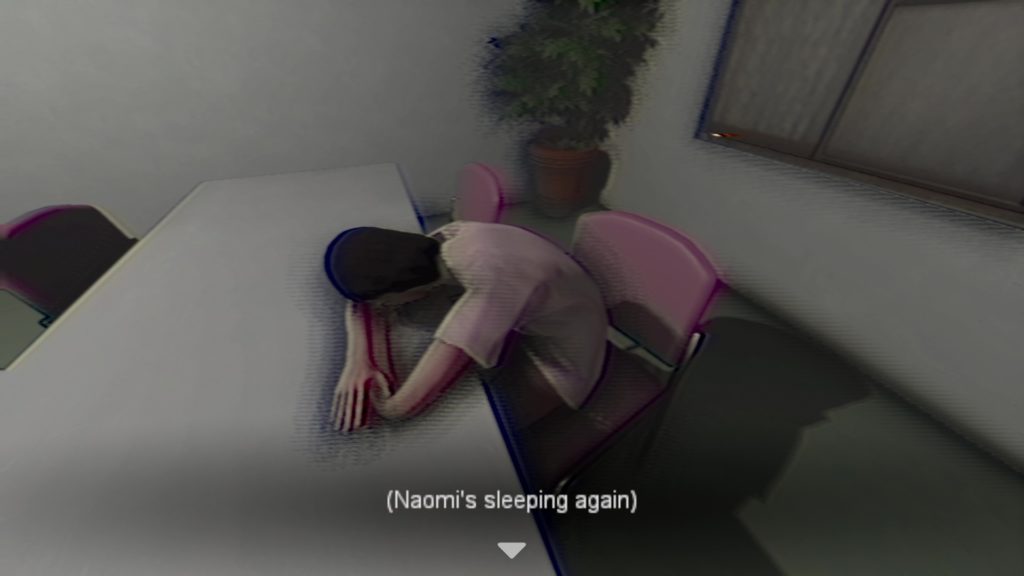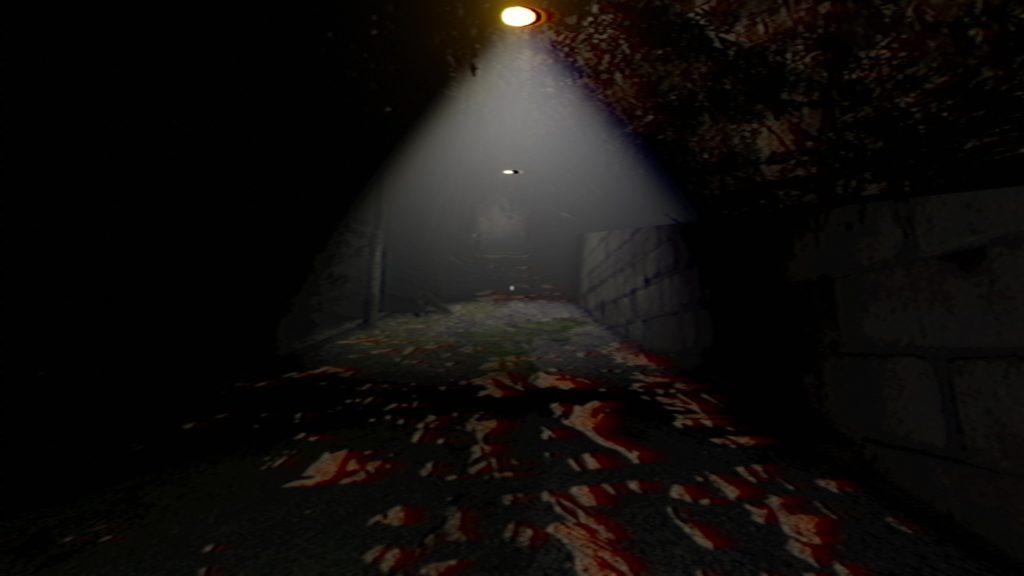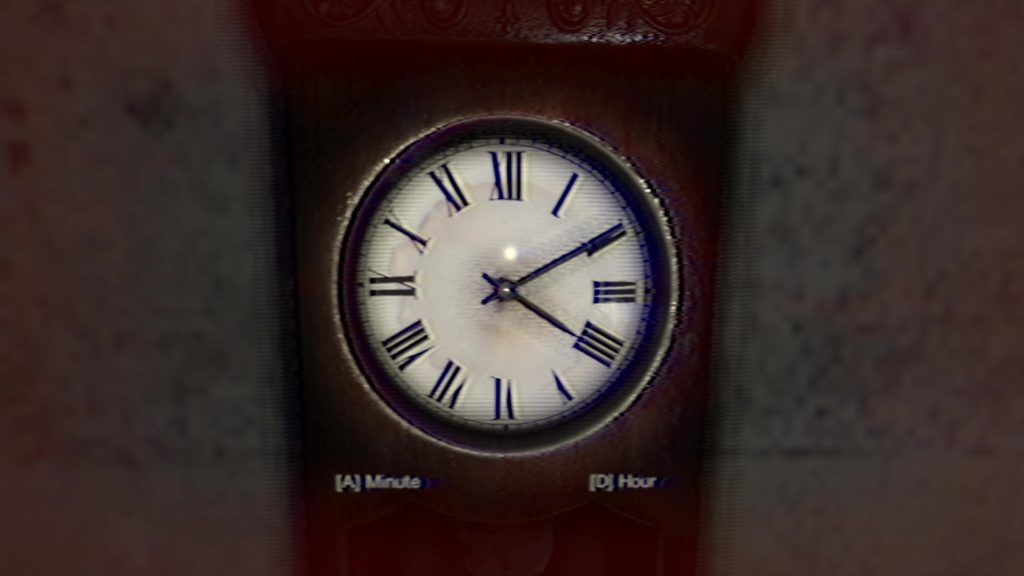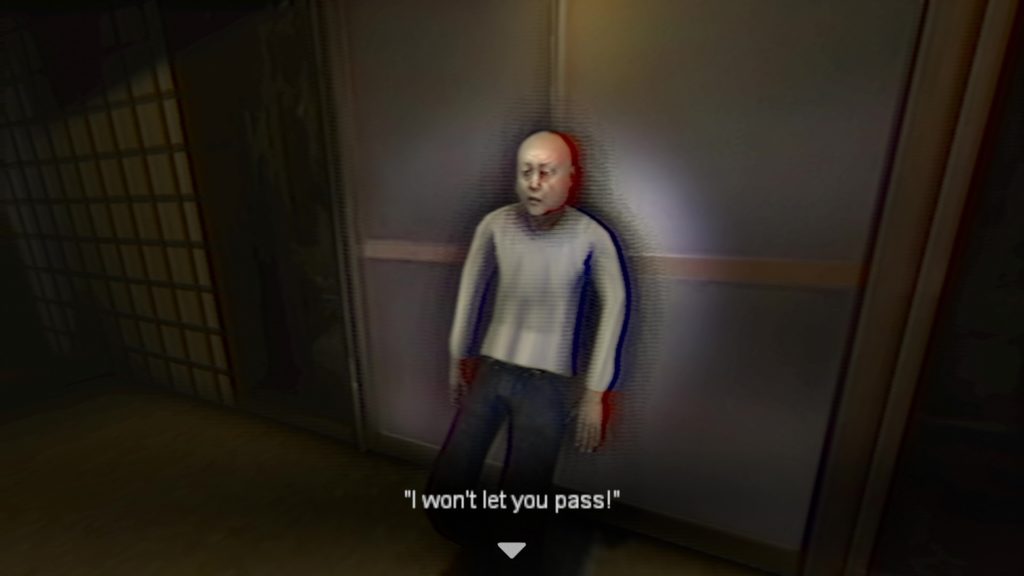The Caregiver and the fear factor of traditional beliefs
Across their collected works, independent duo developer Chilla’s Art has explored a wide variety of different types of “horror”, creating unease, discomfort and fear through elements such as disrupted routines, slight changes to the familiar and mysteries with plenty of layers to them.
To explain too much about where the horror comes from in the team’s April 2021 release The Caregiver would be to spoil some of the more interesting things it does — so today we’ll attempt to explore it without giving away too many of those intriguing twists and turns, save for the fact it does some interesting things with traditional Japanese beliefs.

In The Caregiver, you initially take control of a a worker at a nursing home named Sachie, who is in charge of a patient named Souichi. Rather than residing at the nursing home, Souichi still lives in his house, which is conveniently near the nursing home, so Sachie takes care of him through house calls.
As the story begins, Sachie is called to Souichi’s house to deal with some sort of “emergency”, though she isn’t sure exactly what. On her arrival, she discovers that Souichi’s house has been left in a terrible state, with garbage everywhere and a strange smell filling the air. Worse, she can’t find any sign of Souichi — at least initially — and when she does finally track him down, he appears to be unable or unwilling to communicate with her.
As our time with Sachie comes to a close, we’re presented with a third-person perspective cutscene — unusual for a Chilla’s Art game — that shows her being terrified by something she sees upstairs in Souichi’s house, though it’s not clear what. From this point on in the game, we take control of Sachie’s colleague Naomi as she takes over the job of caring for Souichi — and, on her own initiative, attempting to figure out exactly what got Sachie so spooked.

The Caregiver unfolds much like many of Chilla’s Art’s other “walking simulator”-style horror games in that this is a game primarily about exploring environments from a first-person perspective and watching the story unfold. There are a few interesting additions to the formula this time around, though; notably, there’s a marked increase in puzzles to solve and situations to resolve using inventory items, plus towards the end of the game there are a couple of “chase” sequences where you need to complete some objectives while being pursued.
Mercifully, in the latter instance, the game incorporates an autosave system so that if you mess up you can try the sequence again rather than having to start the whole game over. Neither of the chase sequences are especially difficult, though the fact that you have to solve puzzles while fending off the unwanted attentions of your pursuer does make things a little more challenging!
One of the nice things about The Caregiver is that it rarely gives you explicit instructions on what to do next. Some players will doubtless baulk at this, as this means it can sometimes initially be unclear as to what your next course of action should be.
But at the other end of the spectrum, it’s nice to feel like the game trusts you to figure things out for yourself; there’s no part of the game that feels unnecessarily obtuse, and usually determining what you should be doing is a simple matter of exploring until you find one of the glowing green dots that indicates an interactive item. If you can’t interact with the thing directly, you need to use an inventory item. If you don’t have an appropriate inventory item, explore some more!

As is par for the course for Chilla’s Art’s more recent releases, The Caregiver adopts a distinctly PS2-style horror game aesthetic. This time around, the “VHS effect” that the team typically uses is toned down a little, and is more akin to actually playing a standard-definition PS2 game on an old CRT through an RF cable rather than the fuzzy, noise-filled video of some other Chilla’s Art titles.
It works well; while the game is, as you might expect for a horror game, rather dark, there are no situations in which things are hidden in such a way that you can’t see them — plus the aforementioned glowing dots make finding important things fairly straightforward.
As for the story in its entirety, to explain too much would be to spoil some of the surprises, as previously noted. For now, suffice it to say that The Caregiver takes in some interesting elements of traditional Japanese folklore and religion as well as the more conventional “creeping around in a dark house with creaky floors” horror that many of Chilla’s Art’s other games go for.
In many respects, this game feels like one of the most explicitly “J-horror” of all Chilla’s Art’s creations, and it’s a vibe that works well; it definitely makes me feel that the team could pull off a more substantial horror story based on Japanese myths, legends, religious beliefs and folklore, such as those seen in the Project Zero/Fatal Frame series.

In fact, I’d probably go so far as to say that The Caregiver is one of Chilla’s Art’s better creations in general. It’s structured well, its narrative has a good pace to it, its gameplay is satisfying, and there’s a feeling of having achieved some sort of satisfying payoff at the end — plus scope for a direct follow-up.
Some of Chilla’s Art’s games can be a bit of a hard sell to those who prefer a little more direct involvement and player agency from their games — The Caregiver strikes a good balance between the team’s more narrative-centric titles and their games that are a bit more inspired by survival horror specifically. If you’re new to the work of Chilla’s Art, this is probably a good one to start with — and as always, its brief length and low price means that you’re not risking much by giving it a shot!
The Caregiver is available now for PC via Steam.
Join The Discussion
Rice Digital Discord
Rice Digital Twitter
Rice Digital Facebook
Or write us a letter for the Rice Digital Friday Letters Page by clicking here!
Disclosure: Some links in this article may be affiliate links, which means we may earn a small commission if you make a purchase after clicking on them. This is at no additional cost to you and helps support Rice Digital!
- Letter from the Editor: passing the torch - June 30, 2023
- Super Woden GP 2 is looking promising - June 30, 2023
- Inti Creates is making a 32 bit-style Love Live action platformer - June 26, 2023







